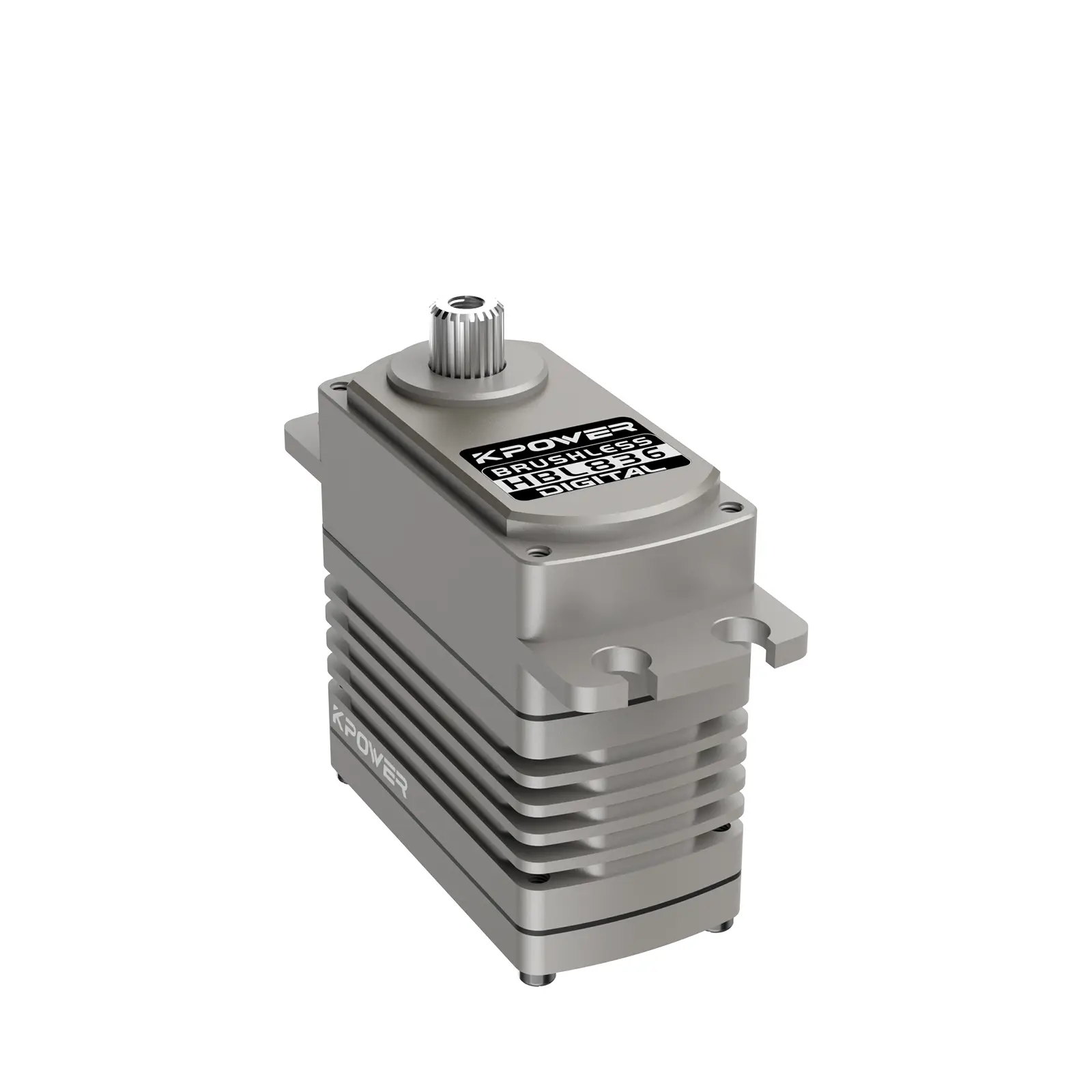Thinking about breaking your monolithic system into microservices? It’s more than just a buzzword. It’s a smart move to boost agility, scale seamlessly, and keep your technology stack fresh. But how do you actually implement microservices without ending up in chaos?

First, imagine dividing a big, unruly puzzle into small, manageable pieces. Each piece, or service, does one thing really well—like handling user authentication or processing transactions. The key here is to decouple. You want each microservice to work independently, so if you want to update the payments module, it won’t cause a domino effect across your entire platform.
A common question that pops up is: how do these tiny services communicate? REST APIs often become the backbone—they’re flexible, language-agnostic, and mature enough for most scenarios. But sometimes, you’ll need real-time interactions, pushing messages through event streams like Kafka or RabbitMQ. Think of it as the chat among different parts—fast, reliable, and clear.
Now, let's talk about data. Do you keep separate databases for each microservice? Or just one big database? Microservice architecture favors independence, so it makes sense to give each service its own data store. No more tangled dependencies. Imagine updating a feature for one service and not accidentally breaking the others because they only share what they need to.
Testing and deployment are the next hurdles. Continuous integration and continuous deployment—CI/CD workflows—become game changers here. Automated tests ensure each service stays solid, even when updates roll out fast and furious. Containerization with tools like Docker often becomes the magic wand. It’s like packing each microservice with everything it needs to run smoothly anywhere—whether on your local machine or a cloud cluster.
Organizations often wonder about the learning curve. Sure, it’s not a walk in the park. But once your team gets the hang of it—breaking tasks down, focusing on small codebases—the results are worth it. Faster iterations, better fault isolation, easier to scale.
What about monitoring? When you run a bunch of microservices, spotting issues can get tricky. Proper logging, distributed tracing, and real-time dashboards become your eyes and ears. It’s all about catching problems early and fixing them before they snowball into something bigger.
Finally, think about why this transition makes sense. Want to deploy new features without risking the entire system? Need to serve millions of users without sacrificing speed? Microservices give you that flexibility. It’s about building something resilient, adaptable, and ready for future growth.
So, implementing microservices isn’t about tossing everything into tiny boxes. It’s about thoughtful partitioning, choosing the right communication methods, maintaining independence, and embracing automation. It may seem complicated at first, but with the right approach, you’ll turn your architecture into a lean, mean, scalable machine.
Established in 2005, Kpower has been dedicated to a professional compact motion unit manufacturer, headquartered in Dongguan, Guangdong Province, China. Leveraging innovations in modular drive technology, Kpower integrates high-performance motors, precision reducers, and multi-protocol control systems to provide efficient and customized smart drive system solutions. Kpower has delivered professional drive system solutions to over 500 enterprise clients globally with products covering various fields such as Smart Home Systems, Automatic Electronics, Robotics, Precision Agriculture, Drones, and Industrial Automation.




































